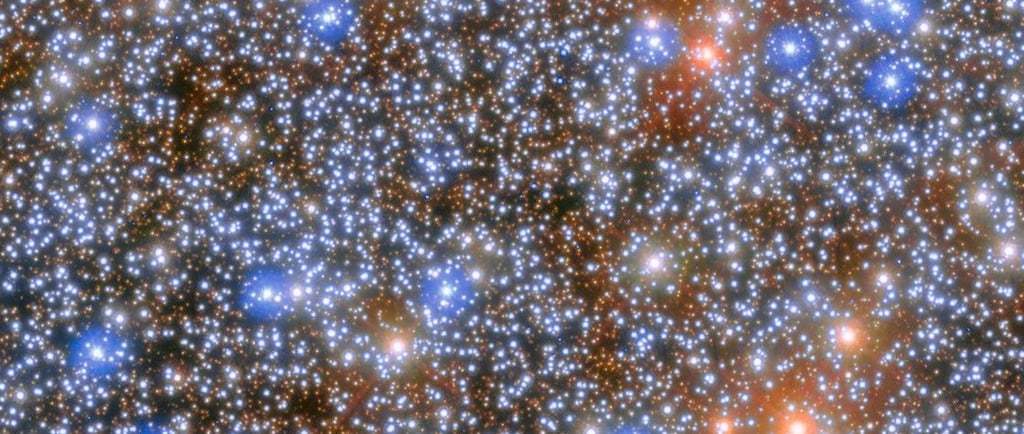IC 418: The Glowing Nebula in the Constellation Lepus


Introduction to IC 418
Planetary nebulae are among the most captivating celestial phenomena observed within our universe. Among them, IC 418 stands out like a glowing multi-faceted jewel, showcasing a stunning array of colors and intricate structures. Located approximately 2000 light years from Earth in the constellation Lepus, IC 418 serves as a remarkable example of stellar evolution and the beauty of the cosmos.
The Structure and Composition of IC 418
IC 418, often referred to as the 'Rabbit Nebula' due to its location in the Lepus constellation, is a result of a dying star shedding its outer layers. This impressive nebula is characterized by its distinct shell structure containing both ionized gases and various elements. The central star, a hot white dwarf, releases ultraviolet radiation that excites surrounding gases, causing them to emit specific wavelengths of light. This process produces the vivid colors and patterns observed in IC 418, making it a favorite subject for astronomers and astrophotographers alike.
The Significance of IC 418 in Astronomy
Beyond its aesthetic appeal, the planetary nebula IC 418 serves an essential role in our understanding of stellar life cycles. The study of such nebulae provides insight into the final stages of stellar evolution and the chemical enrichment of the interstellar medium. As the star expels its outer layers, it contributes various elements back into space, which may eventually be incorporated into future generations of stars and planets. Thus, IC 418 not only captivates us with its beauty, but also reminds us of the dynamic processes that shape our universe.
Through various observational techniques, such as spectroscopy and imaging, astronomers continue to uncover the mysteries surrounding IC 418, enhancing our knowledge of both the nebula and the life cycle of stars. As we explore celestial bodies like IC 418, we expand our understanding of our place in the cosmos, reinforcing our curiosity and desire to grasp the complexities of the universe.
